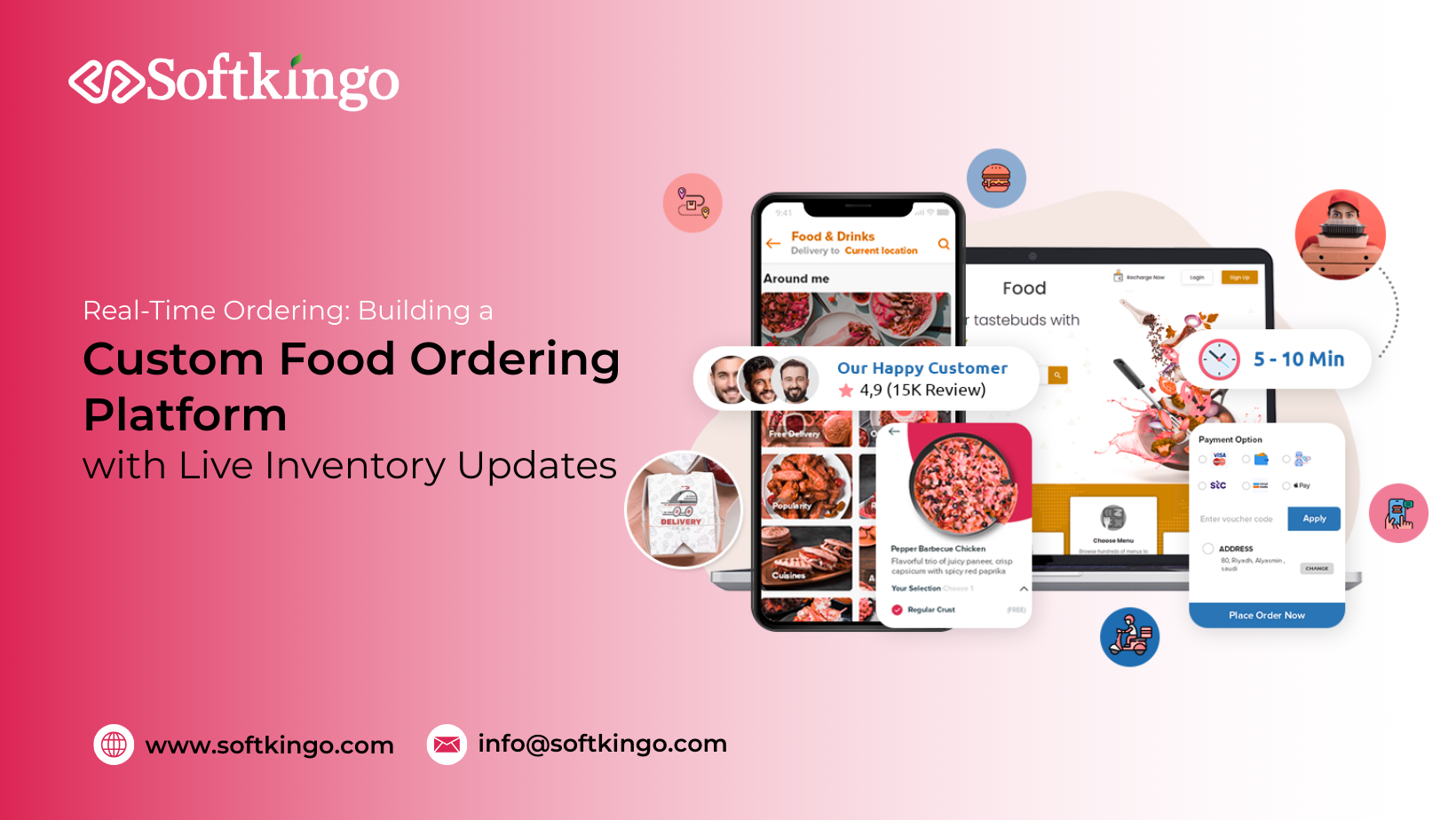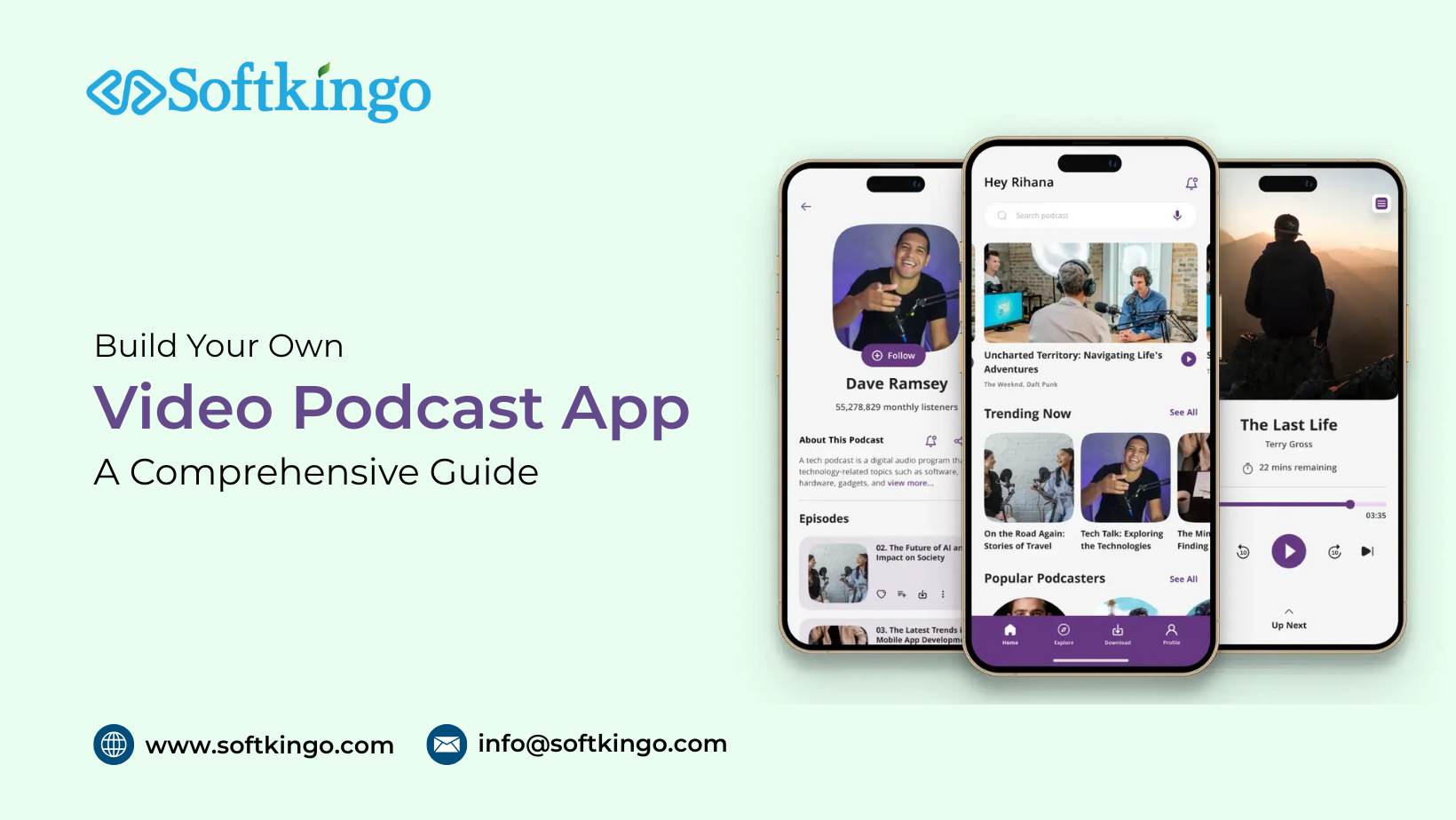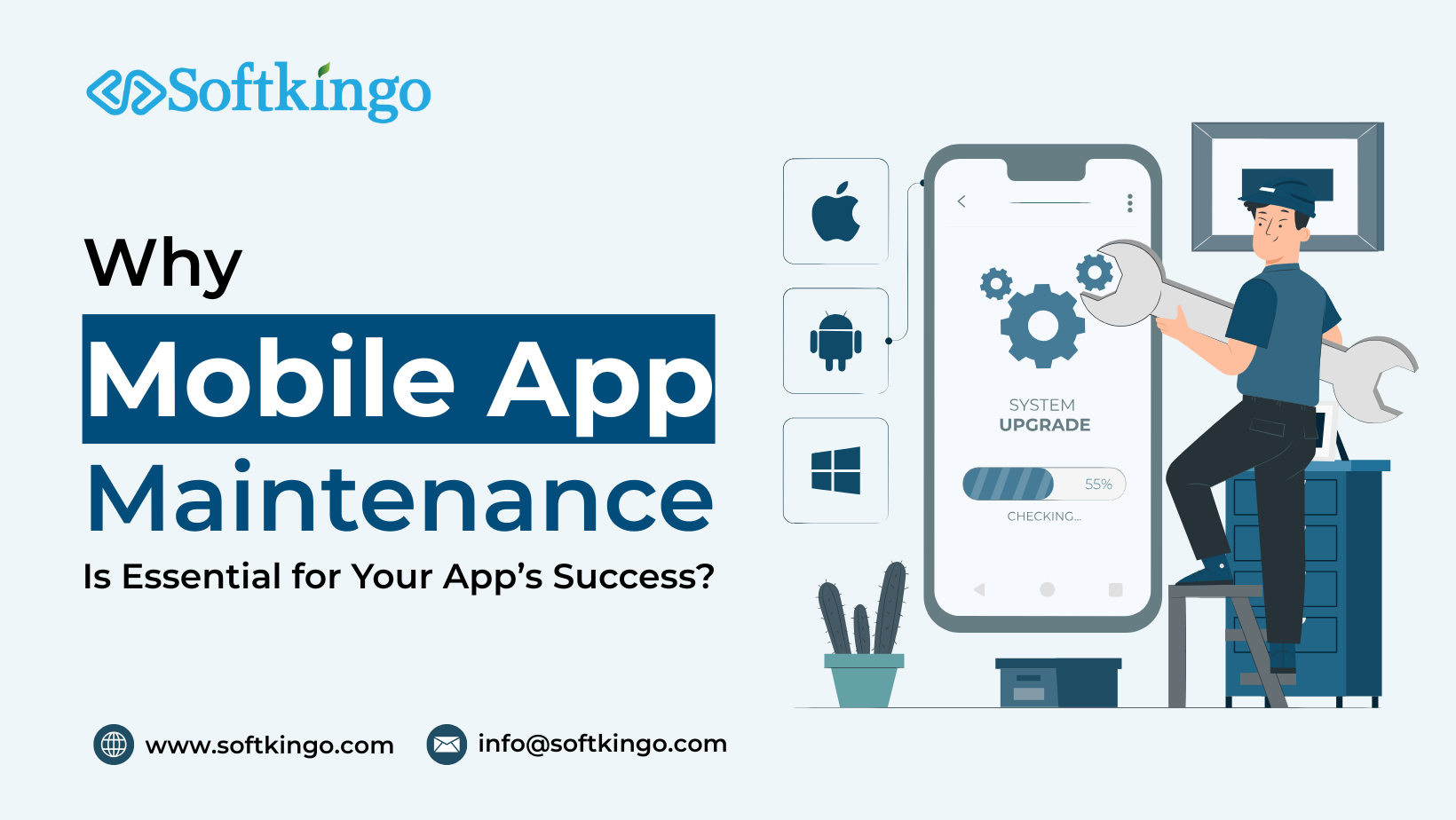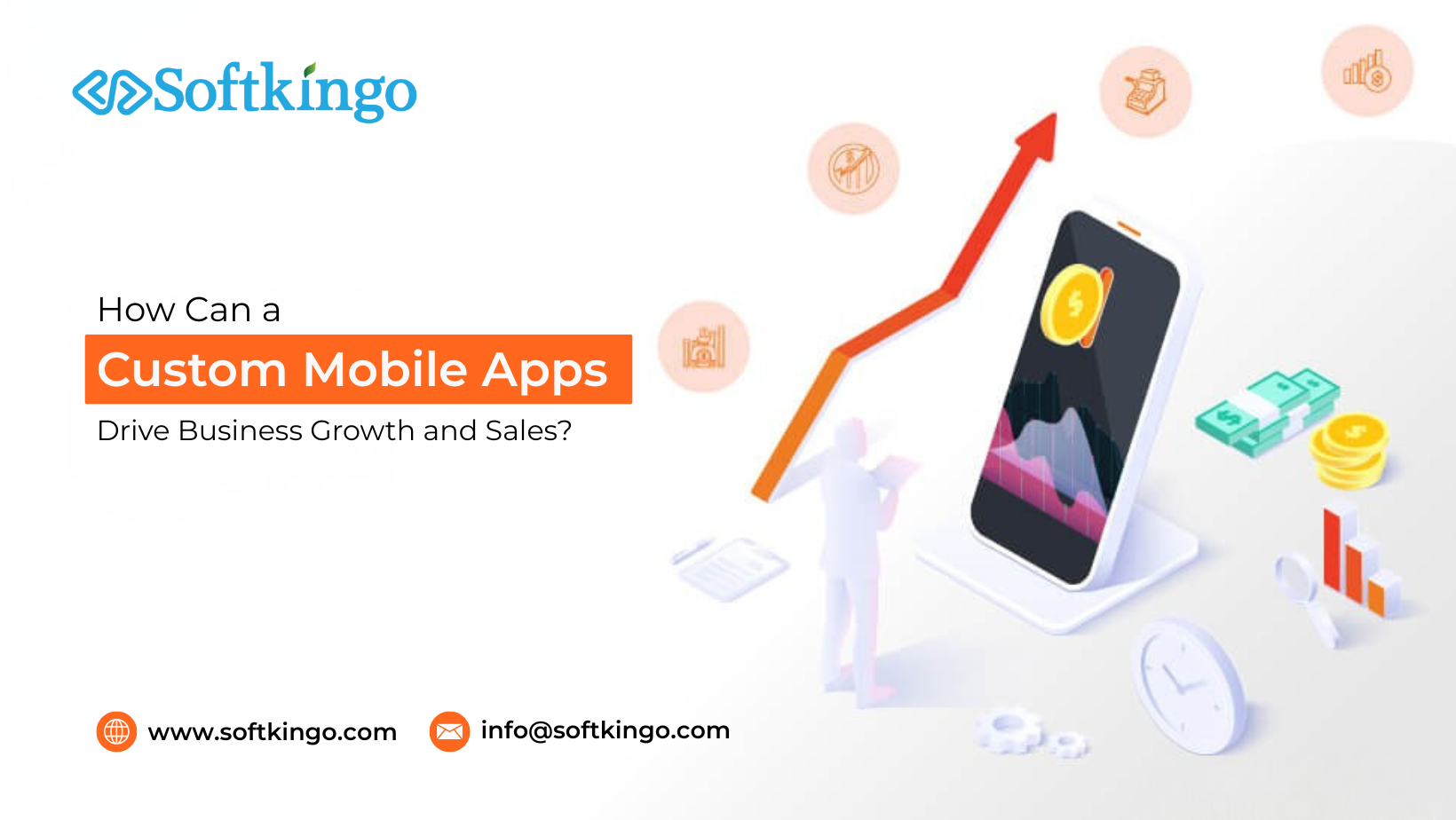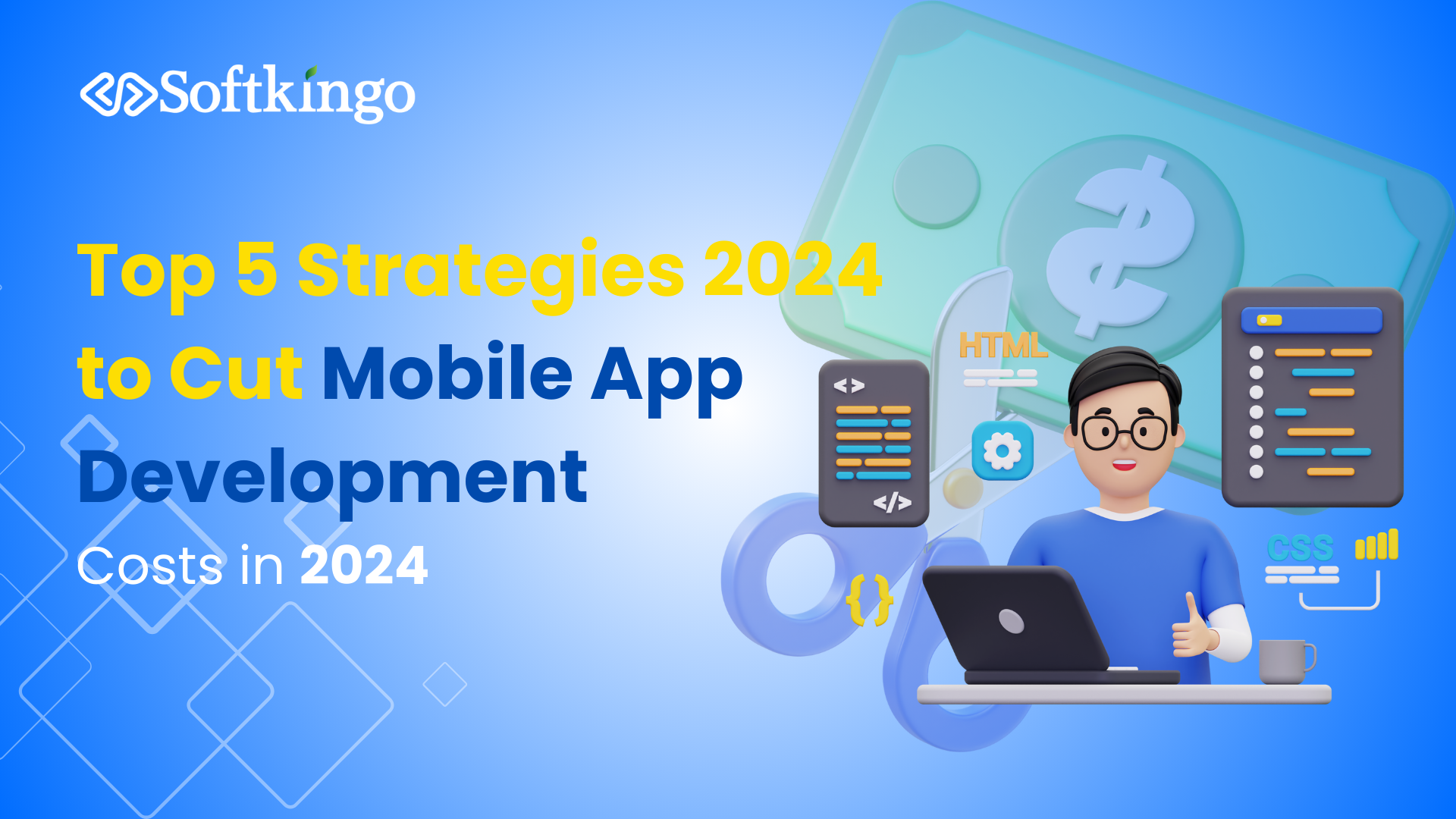
Mobile app development has become essential for businesses to engage customers and streamline operations. However, the cost associated with building and maintaining high-quality apps can be a challenge, particularly for startups and small enterprises. As technology evolves, so do the methods for optimizing the development process, making it possible to reduce expenses without compromising on functionality or quality.
Top five strategies that businesses can adopt in 2024 to effectively reduce mobile app development costs
1. Leverage Cross-Platform Development
In the past, creating apps for both iOS and Android platforms required separate development teams, resulting in increased costs and longer time-to-market. Cross-platform development tools like Flutter, React Native, and Xamarin have made it easier to build apps that work across multiple platforms with a single codebase.
By leveraging cross-platform solutions, businesses can significantly reduce their development time and costs while reaching a wider audience. Additionally, cross-platform apps can maintain near-native performance, providing users with an experience that rivals apps developed exclusively for one platform.
2. Prioritize Minimum Viable Product (MVP) Development
Aiming to release a fully-featured app in the first phase can lead to unnecessary costs. Instead, focusing on a Minimum Viable Product (MVP) approach allows you to develop only the core features needed to validate the concept and gather user feedback.
An MVP reduces development time, allowing businesses to get their product to market faster, while keeping the initial investment low. It also gives you the flexibility to iterate and refine the product based on real user insights, reducing the likelihood of expensive redesigns later.
3. Adopt Agile Methodologies
Agile development methodologies have become the gold standard for software projects, and for a good reason. Unlike traditional linear approaches, Agile encourages ongoing collaboration and iterative improvements, ensuring that each phase of development is aligned with user needs and business goals.
By breaking down the development process into smaller, manageable sprints, businesses can minimize the risk of costly delays or mistakes. This approach provides flexibility to adapt to changes without incurring large additional costs, ultimately speeding up the development process and reducing unnecessary expenditures.
4. Use Pre-Built Templates and Libraries
Not all aspects of mobile app development require custom coding. Many common features—such as user authentication, push notifications, and payment gateways—are available in the form of pre-built templates, libraries, and APIs. By incorporating these pre-existing components, development teams can save both time and money.
Using proven third-party solutions not only reduces the workload but also ensures that these components have been tested for reliability and security, which can further reduce potential post-launch maintenance costs.
5. Outsource to Specialized Teams
Outsourcing has long been a cost-effective strategy for businesses, but in 2024, it’s more important than ever to work with specialized development teams that have deep expertise in mobile app technologies. Partnering with an experienced app development firm can provide access to skilled professionals who can deliver high-quality apps quickly and efficiently.
Moreover, outsourcing eliminates the need for maintaining in-house development teams, reducing overhead costs such as salaries, benefits, and workspace. Businesses can also leverage a global talent pool, selecting development partners from regions where costs may be lower, without sacrificing quality.
Conclusion
Mobile app development costs can be managed effectively by adopting modern strategies that focus on efficiency, flexibility, and scalability. Leveraging cross-platform tools, focusing on MVP development, embracing Agile methodologies, using pre-built components, and outsourcing to specialized teams are all key approaches for cutting costs in 2024. By implementing these strategies, businesses can not only save money but also improve the speed and quality of their app development projects, positioning themselves for long-term success.
Adopting these forward-thinking trends will allow companies to maintain a competitive edge, ensuring they deliver innovative mobile solutions at a fraction of the traditional cost.
Paramhans Singh is the CEO and founder of Softkingo Technologies, bringing over 8 years of experience in delivering custom software solutions that help startups and enterprises achieve their business goals. He has successfully validated more than 220 app and website ideas and delivered over 100 tailored solutions, utilizing a range of technologies such as Swift, Kotlin, React Native, Flutter, PHP, RoR, IoT, AI, NFC, AR/VR, Blockchain, and NFTs.






